I am a better line processor than any algorithm we currently have access to. Behold what I turned into a SINGLE LINE by hand:
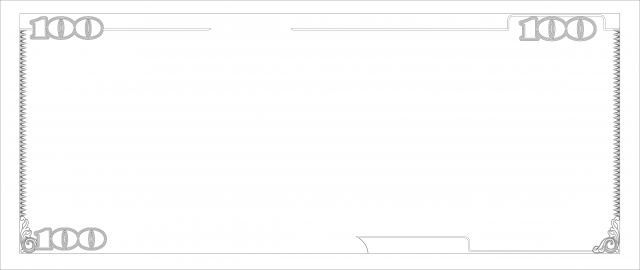
Many people think we’re using Mathematica to do the drawings of our Quilt Money. We’re not! I am drawing all this stuff by hand. Theo uses Mathematica to route my drawings that contain T-intersections, but I’m learning to make my drawings single lines without T-intersections by hand, because they route much better that way. Everything below was drawn by me, by hand:
Only a few bits (the seals and part of the border) need to be routed in Mathematica. Everything else I drew as single paths. Which is quite a brain-hurter, lemme tell ya. Here’s a screen capture of me working on this same project last week:
I could do this much more efficiently now, using what I’ve learned since then. Which is good, because the better I get at this, the more I can help someone else create algorithms to automate this kind of work.
And yes, at some point we hope to offer an affordable $100 Quilt. But first I have to get the design right, and then our potential partner has to be able actually produce it without losing money. We’re working on it.
Our quilted money is one of the few things I don’t share source (in this case, vector) files for, because currency isn’t exactly like other culture, as I explain here.

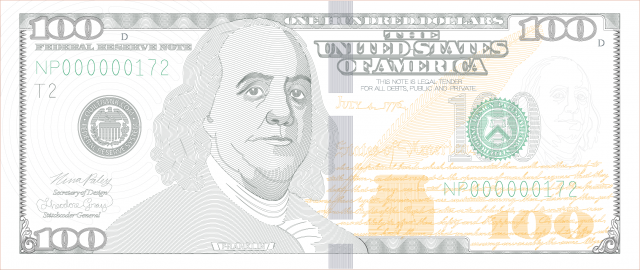

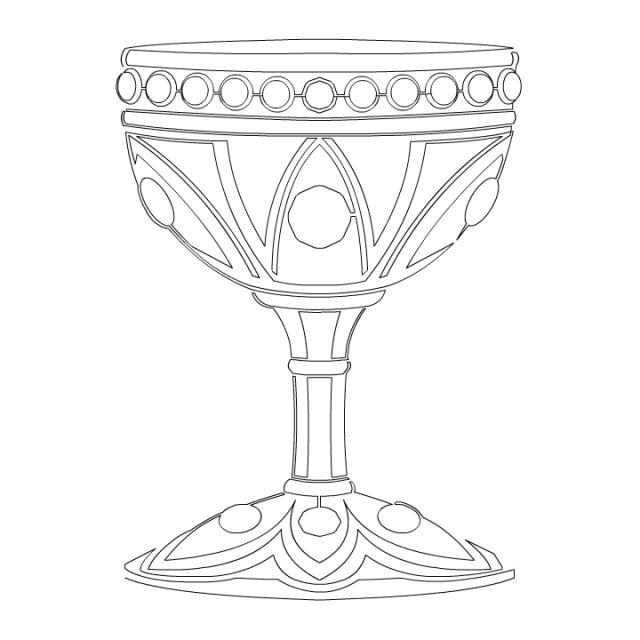
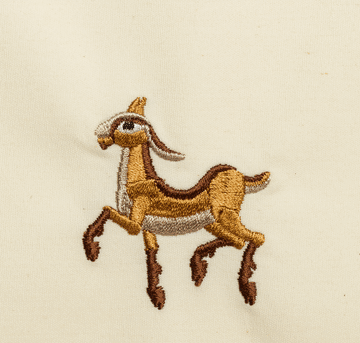
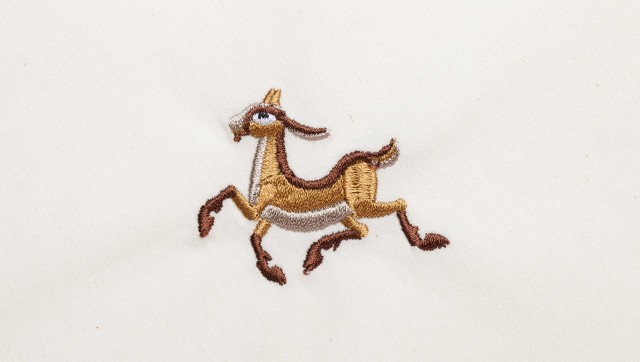
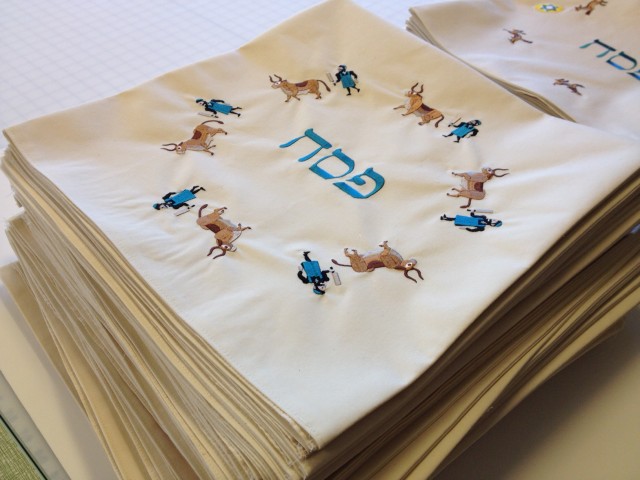
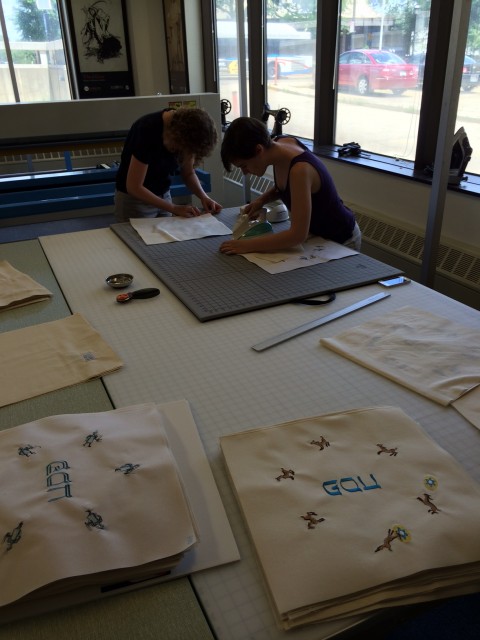
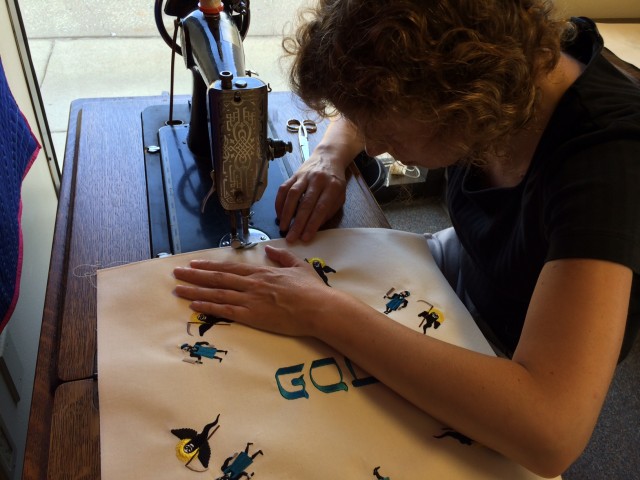
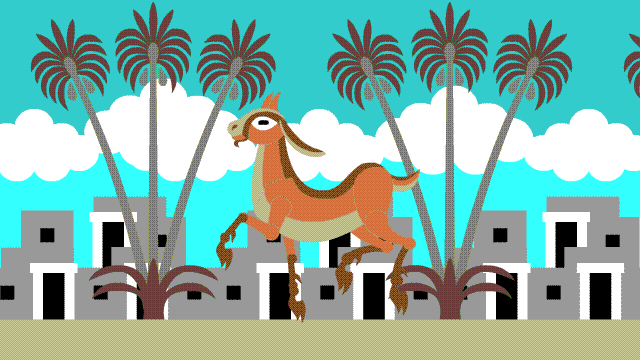
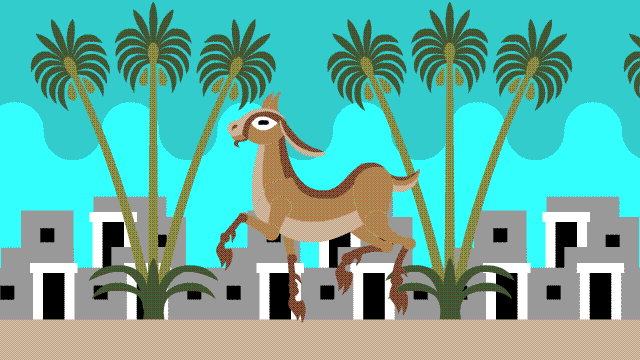
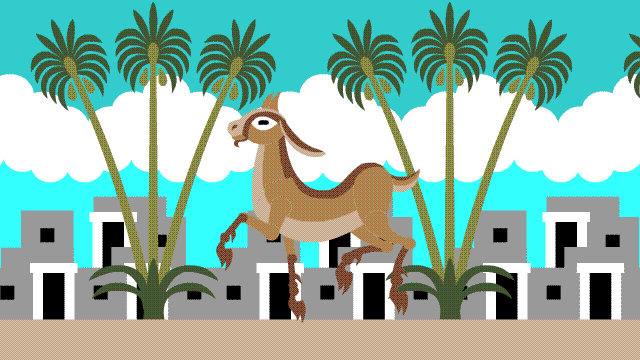
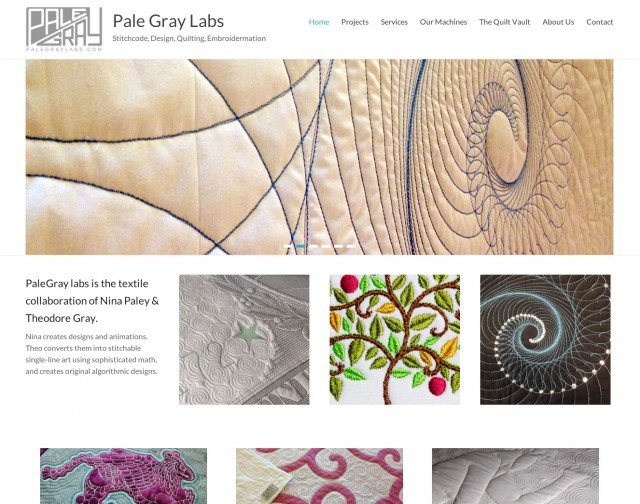 PaleGrayLabs.com
PaleGrayLabs.com